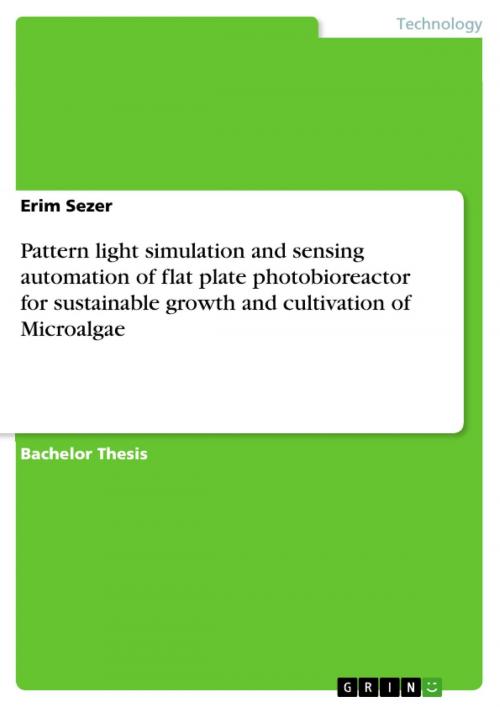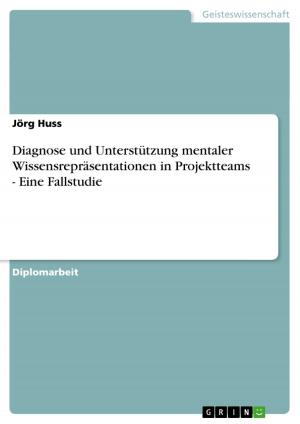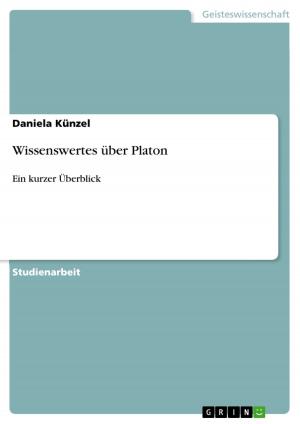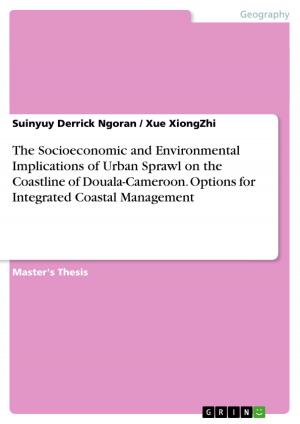Pattern light simulation and sensing automation of flat plate photobioreactor for sustainable growth and cultivation of Microalgae
Nonfiction, Science & Nature, Technology, Engineering| Author: | Erim Sezer | ISBN: | 9783668031258 |
| Publisher: | GRIN Verlag | Publication: | August 17, 2015 |
| Imprint: | GRIN Verlag | Language: | English |
| Author: | Erim Sezer |
| ISBN: | 9783668031258 |
| Publisher: | GRIN Verlag |
| Publication: | August 17, 2015 |
| Imprint: | GRIN Verlag |
| Language: | English |
Bachelor Thesis from the year 2015 in the subject Engineering - Industrial Engineering and Management, grade: 1.0, University of Applied Sciences Esslingen (Bachelor Thesis ITESM Mexico), course: International Engineering Management, language: English, abstract: Nowadays, microalgae are considered as a promising new sustainable feedstock due to its higher photosynthetic activity and growth rates compared to other plants. However, its high energy need in the cultivation process, the prevalence of manual work and the high costs deem the production and commercialization of it difficult. Consequently, the challenge of artificial microalgae production is not only to replicate and enhance the optimum natural growth conditions, but to make it automated and profitable. The purpose of this research was to develop an automated system to monitor and control specific growth conditions in order to improve the algae biomass production process. This research required the planning and installation of a control cabinet on a flat plate photobioreactor, components selection, installation of sensors and software programming in LabVIEW. The result of this research was a system that monitors the basic environmental growth parameters, which are temperature, light and pH. In addition to the monitoring system, a control system for light and CO2 flow was integrated to simulate specific growth conditions of microalgae. Further research is required in order to strengthen the idea of a fully automated flat plate photobioreactor for a more efficient microalgae cultivation. This approach may lead to a technology that can be used as a base model for future applications on more reactors.
Bachelor Thesis from the year 2015 in the subject Engineering - Industrial Engineering and Management, grade: 1.0, University of Applied Sciences Esslingen (Bachelor Thesis ITESM Mexico), course: International Engineering Management, language: English, abstract: Nowadays, microalgae are considered as a promising new sustainable feedstock due to its higher photosynthetic activity and growth rates compared to other plants. However, its high energy need in the cultivation process, the prevalence of manual work and the high costs deem the production and commercialization of it difficult. Consequently, the challenge of artificial microalgae production is not only to replicate and enhance the optimum natural growth conditions, but to make it automated and profitable. The purpose of this research was to develop an automated system to monitor and control specific growth conditions in order to improve the algae biomass production process. This research required the planning and installation of a control cabinet on a flat plate photobioreactor, components selection, installation of sensors and software programming in LabVIEW. The result of this research was a system that monitors the basic environmental growth parameters, which are temperature, light and pH. In addition to the monitoring system, a control system for light and CO2 flow was integrated to simulate specific growth conditions of microalgae. Further research is required in order to strengthen the idea of a fully automated flat plate photobioreactor for a more efficient microalgae cultivation. This approach may lead to a technology that can be used as a base model for future applications on more reactors.















